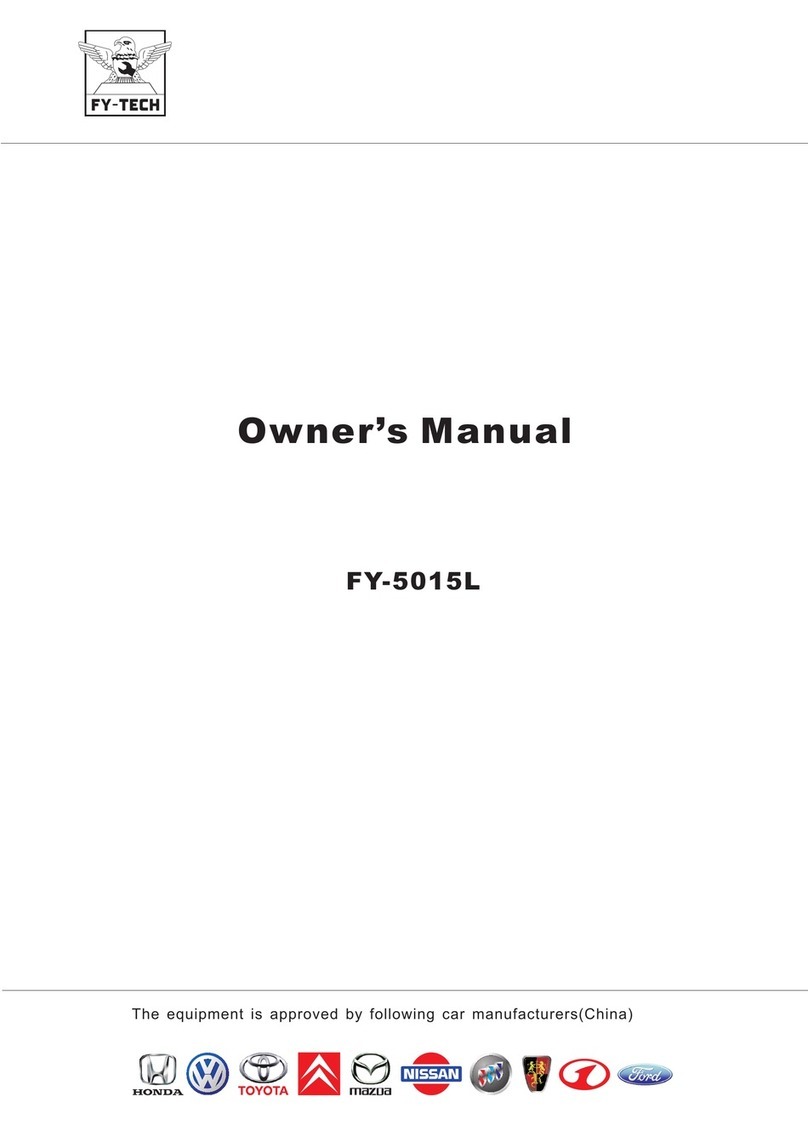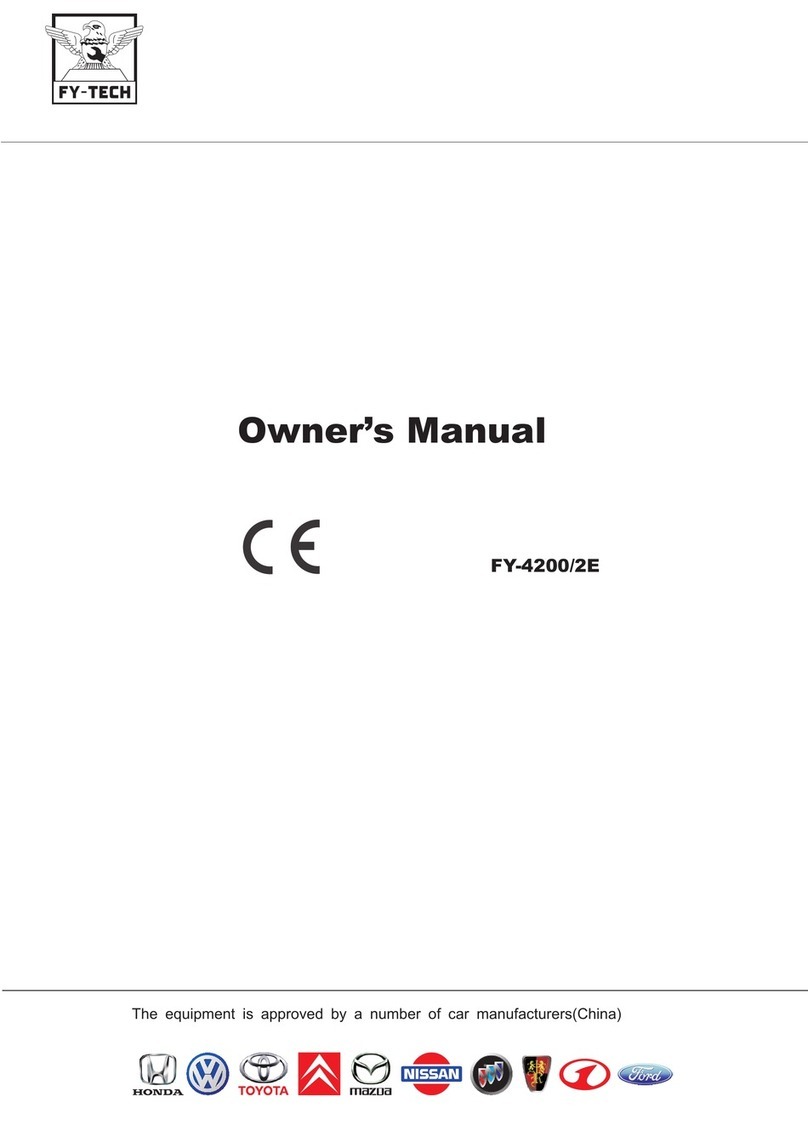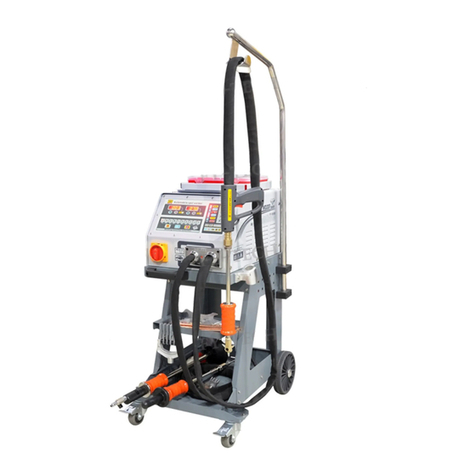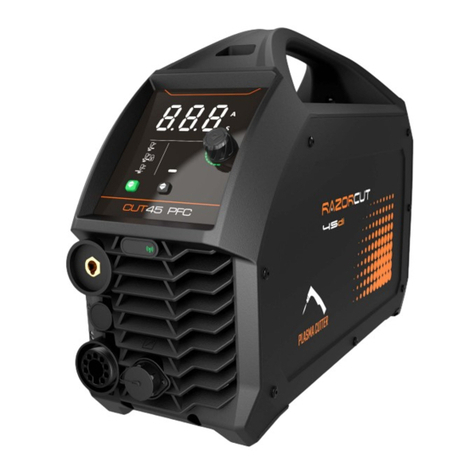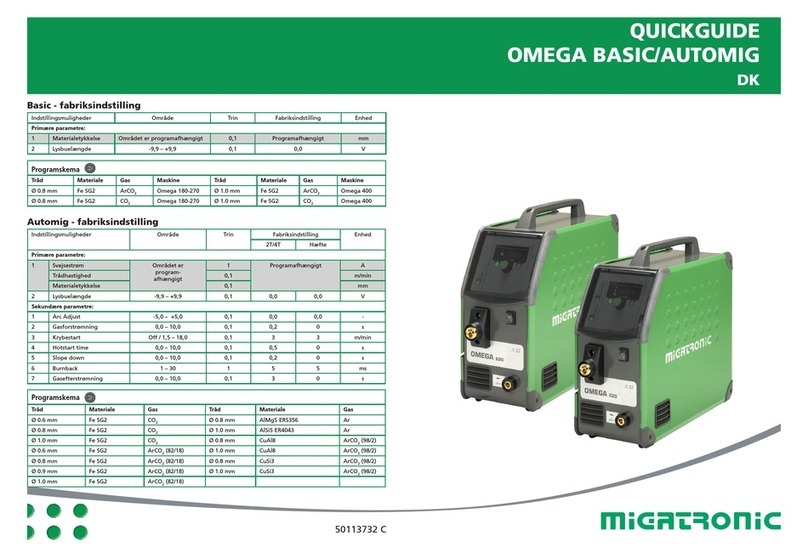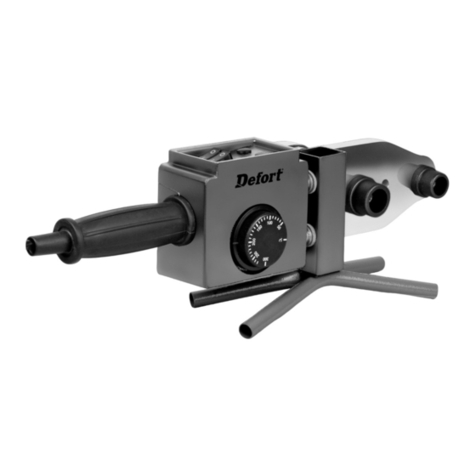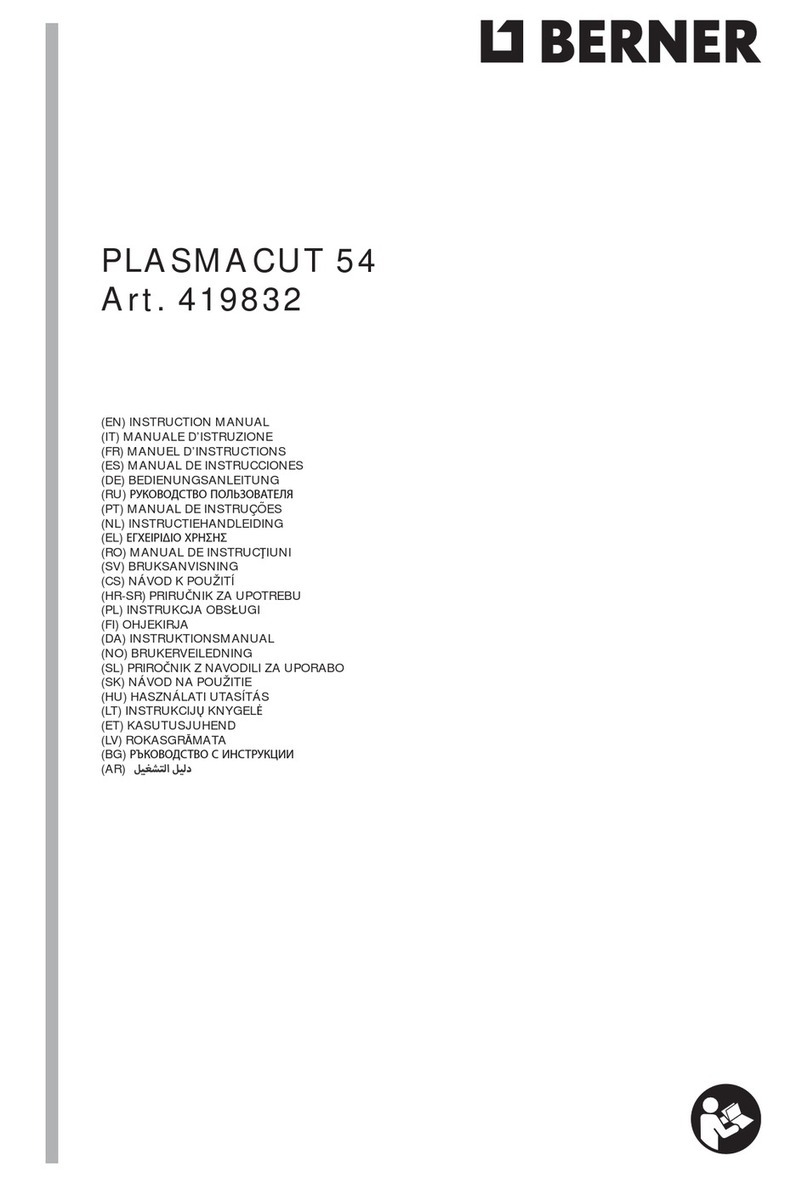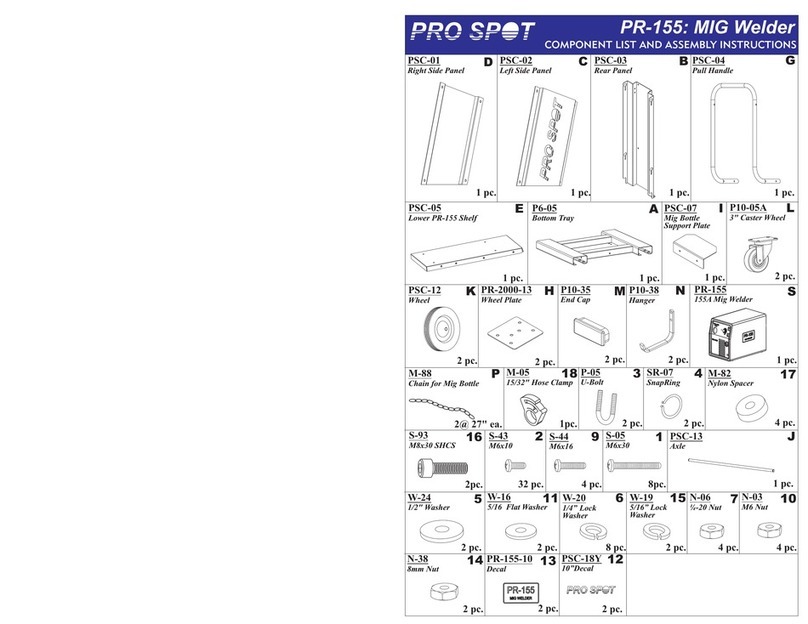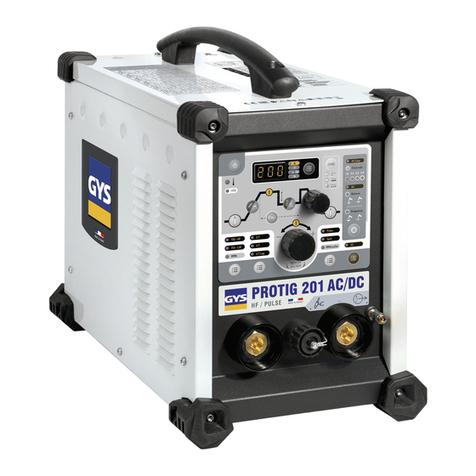Fytech FYMIG5260 User manual
Other Fytech Welding System manuals
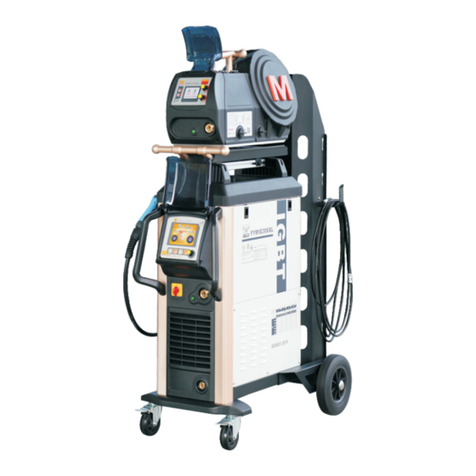
Fytech
Fytech FYMIG306XL User manual
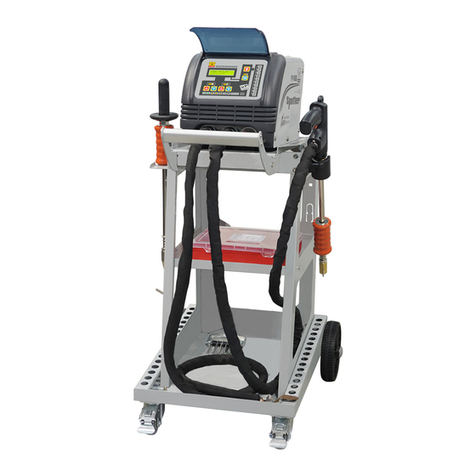
Fytech
Fytech FY-92G User manual
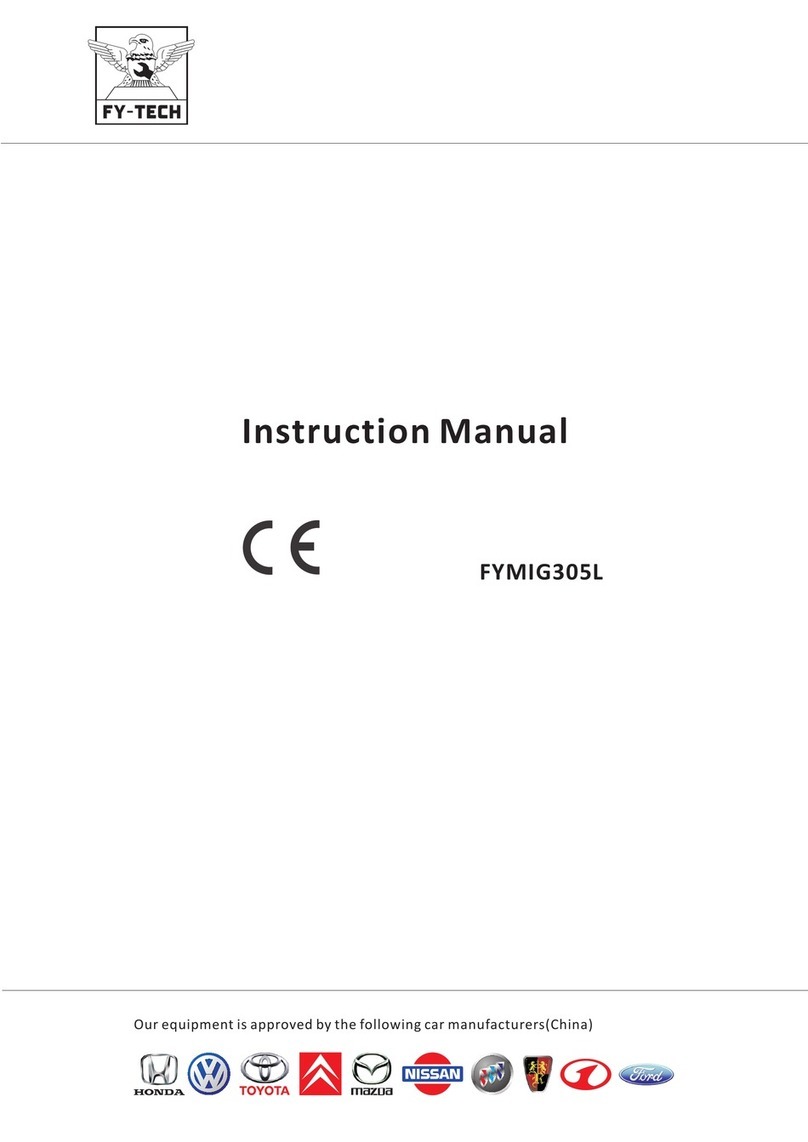
Fytech
Fytech FYMIG305L User manual
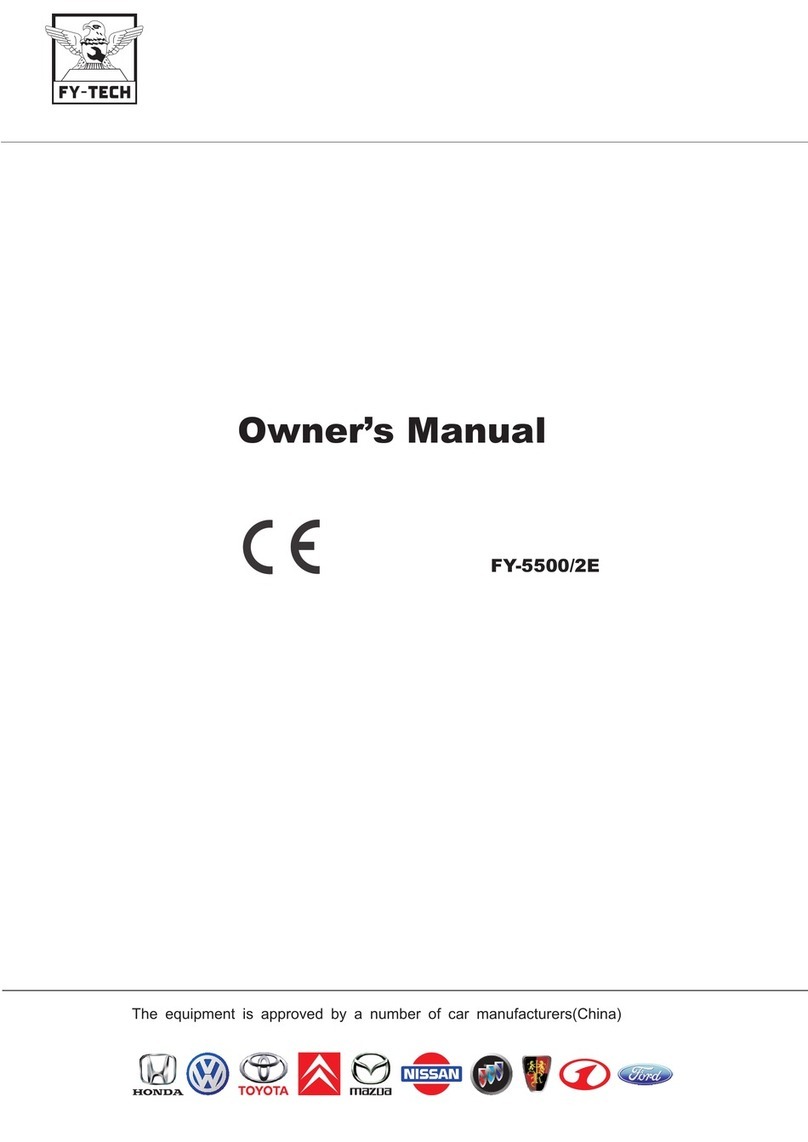
Fytech
Fytech FY-5500/2E User manual
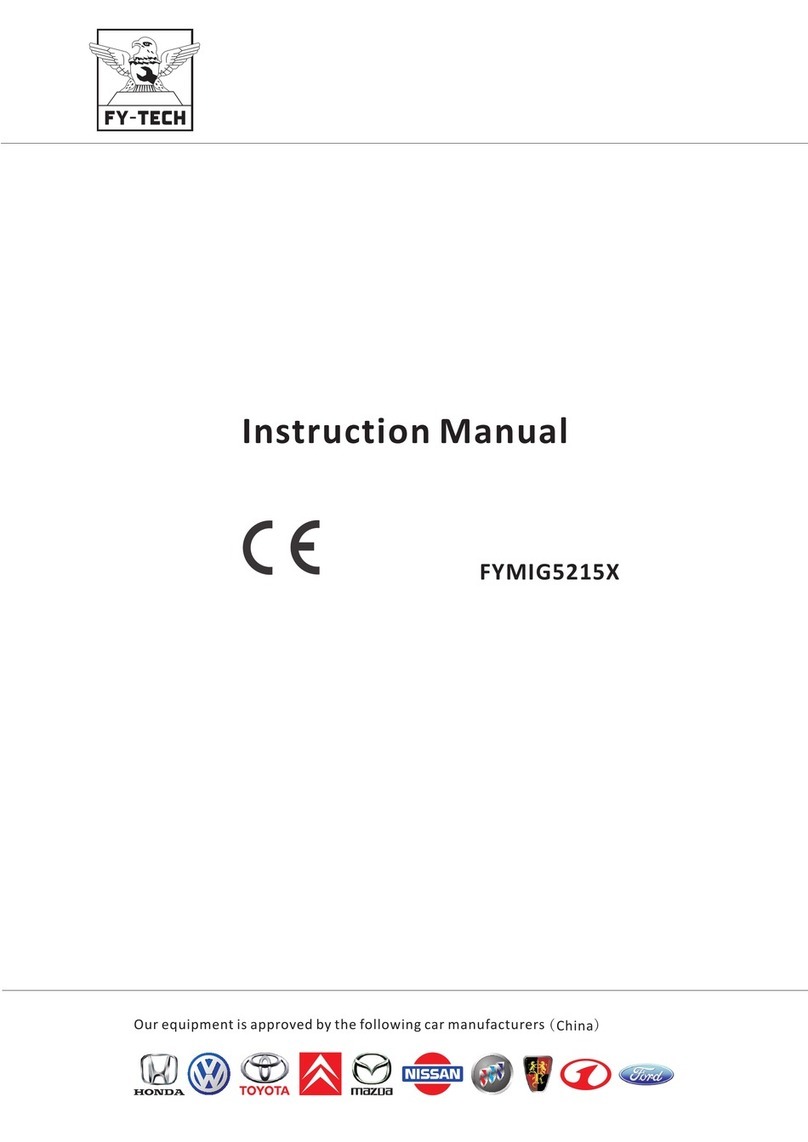
Fytech
Fytech FYMIG5215X User manual
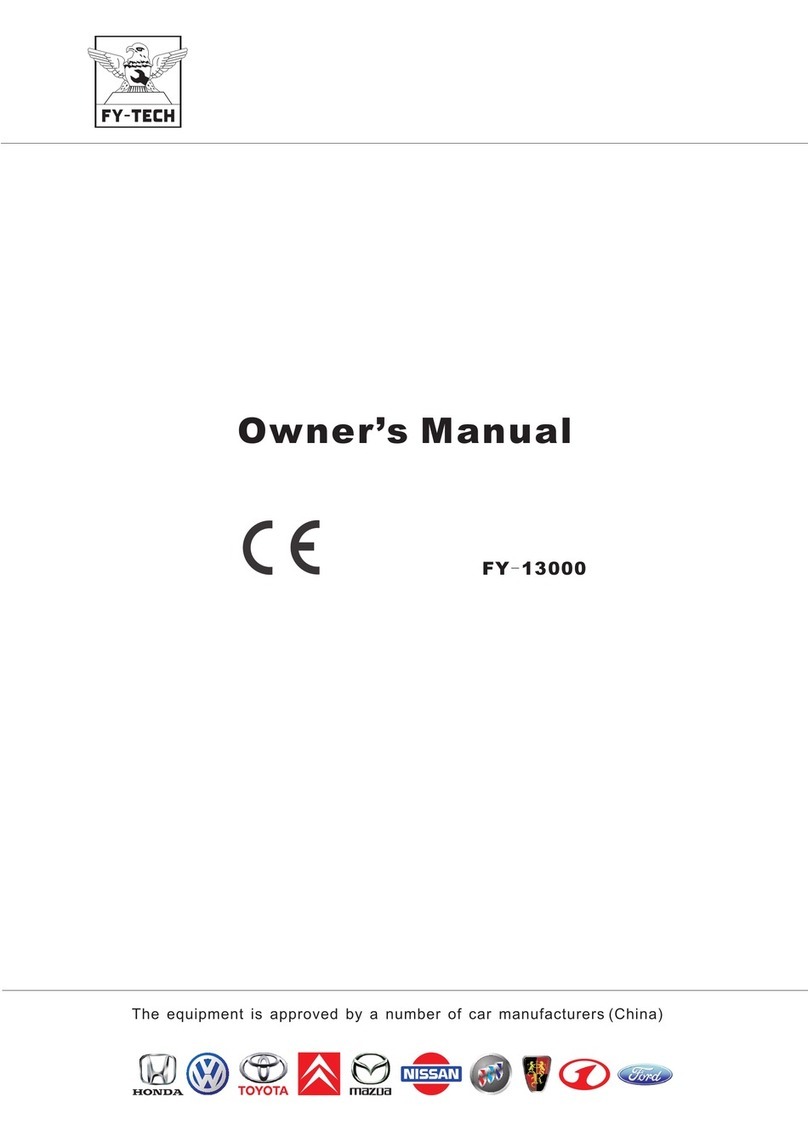
Fytech
Fytech FY-13000 User manual
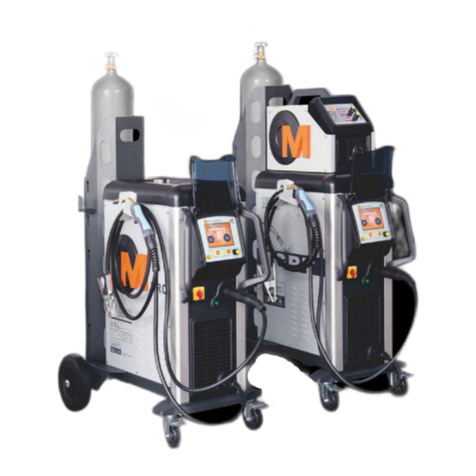
Fytech
Fytech FYMIG307 User manual
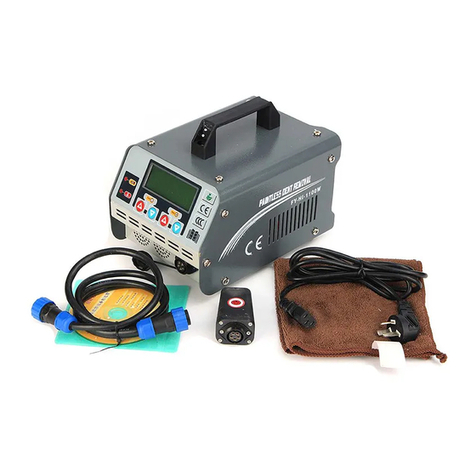
Fytech
Fytech FY-HI-1100W User manual

Fytech
Fytech FY-4180/2E User manual
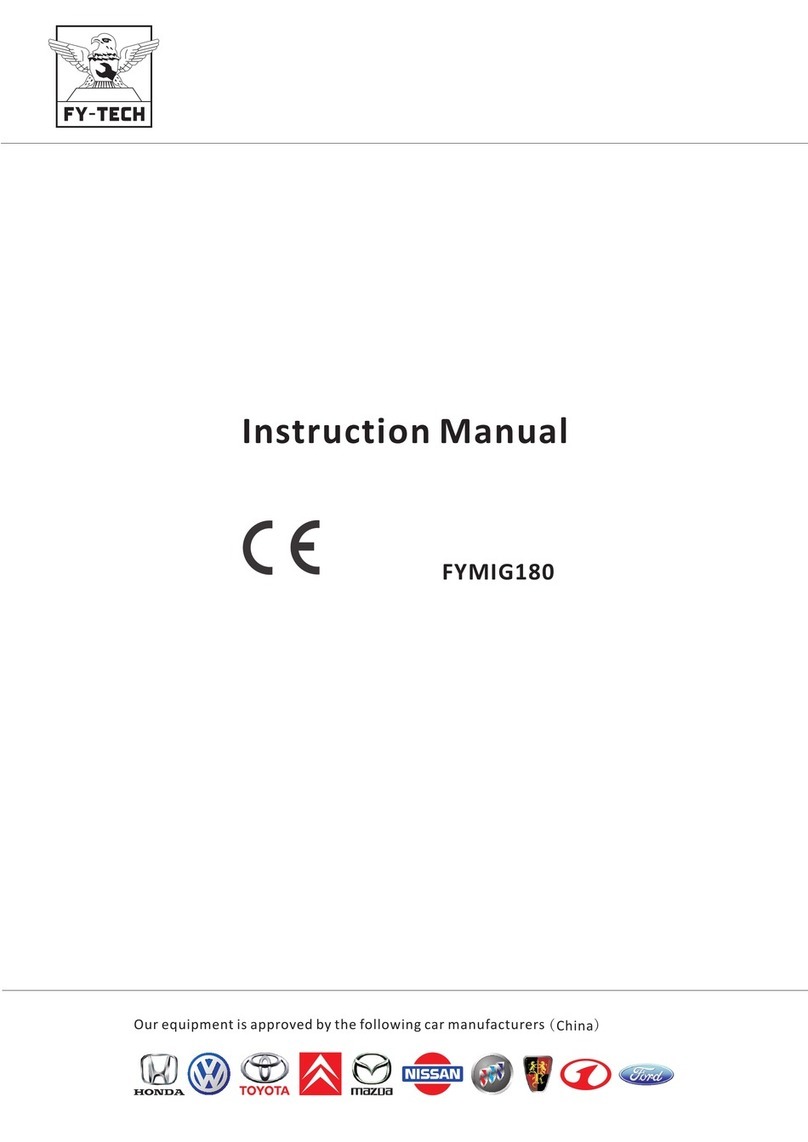
Fytech
Fytech FYMIG180 User manual
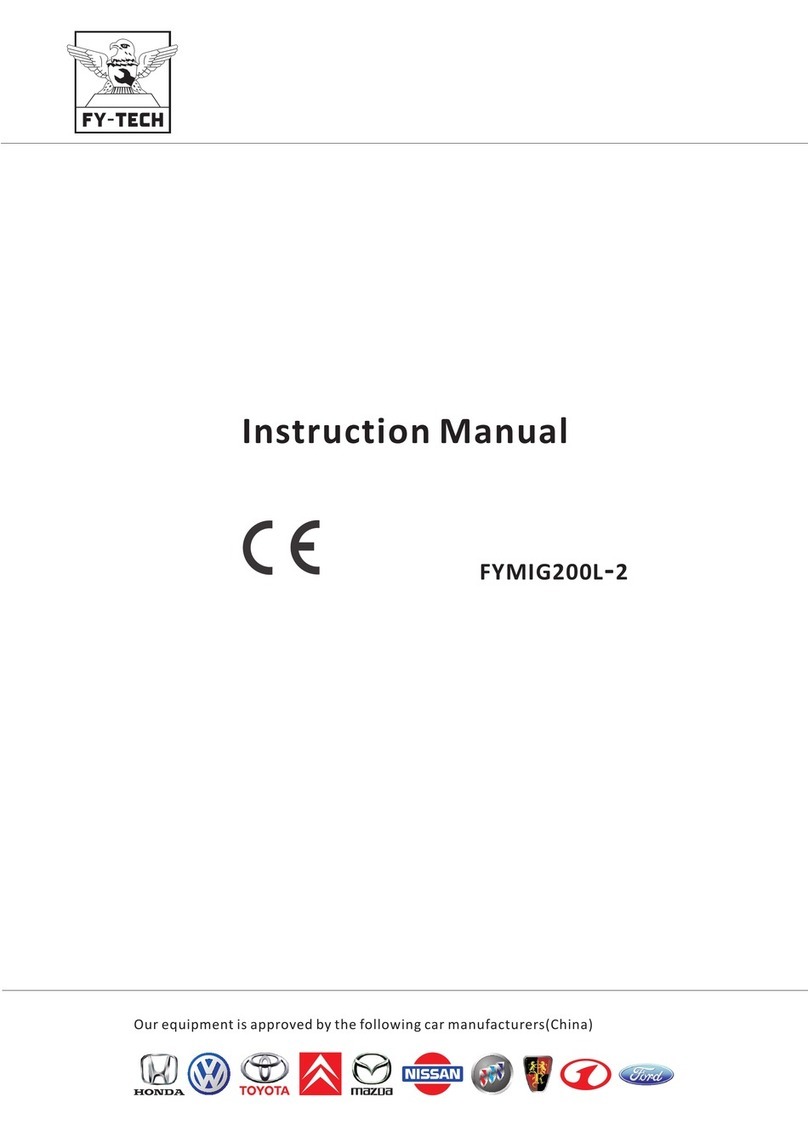
Fytech
Fytech FYMIG200L-2 User manual
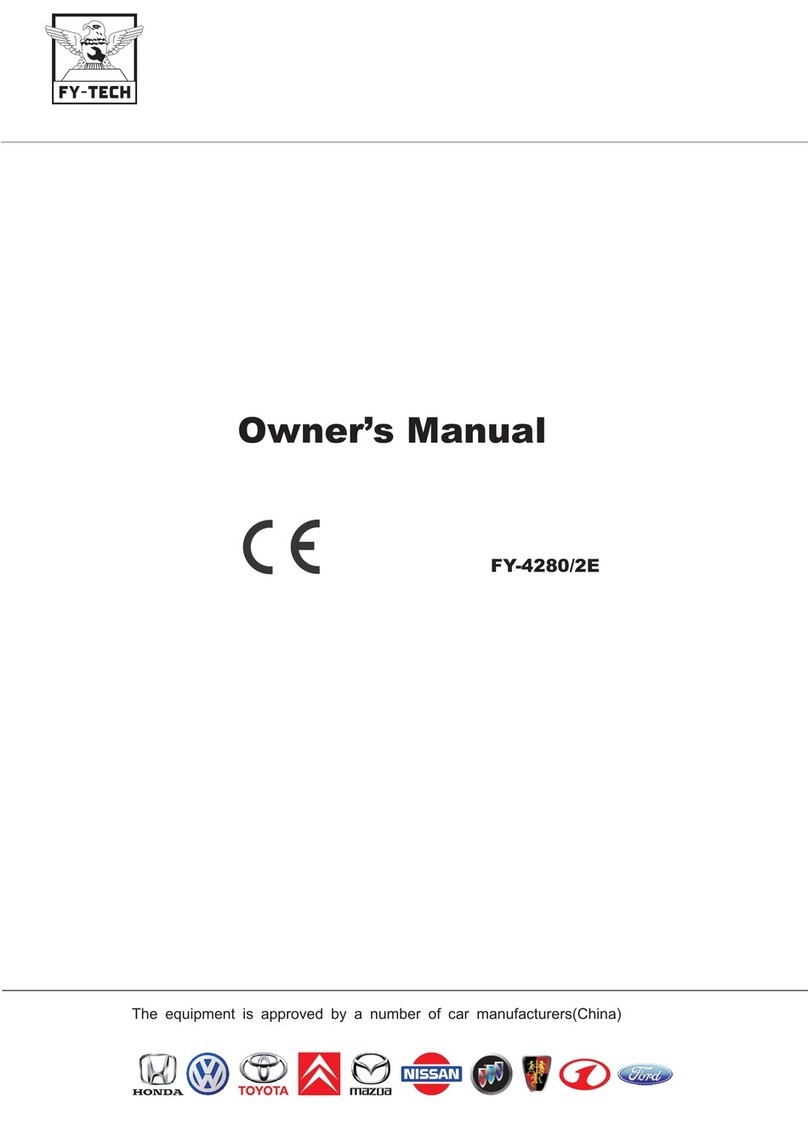
Fytech
Fytech FY-4280/2E User manual
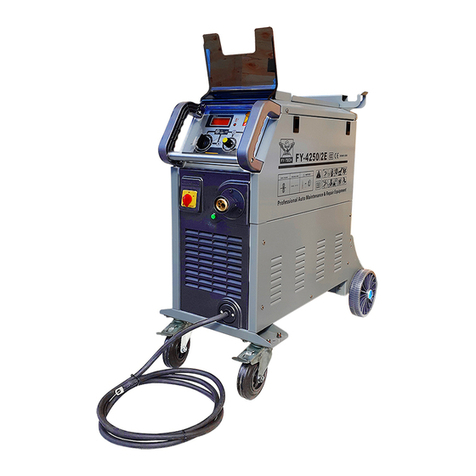
Fytech
Fytech FY-4250/2E User manual
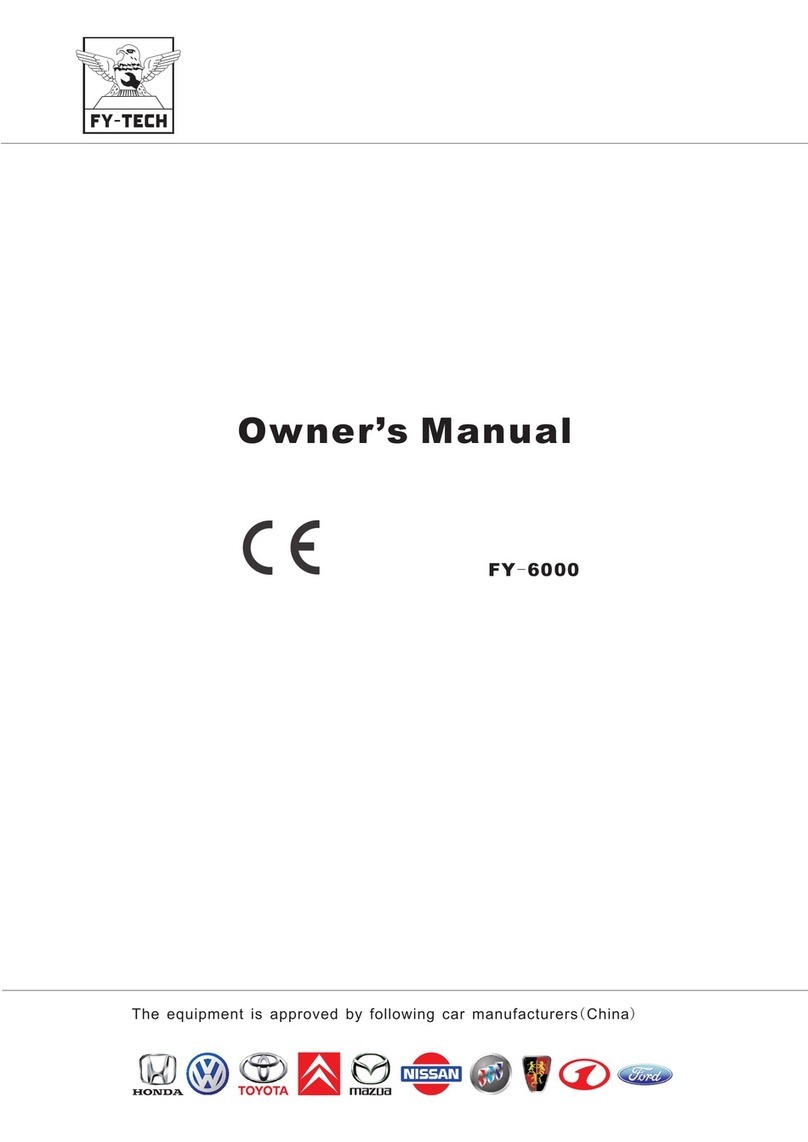
Fytech
Fytech FY-6000 User manual
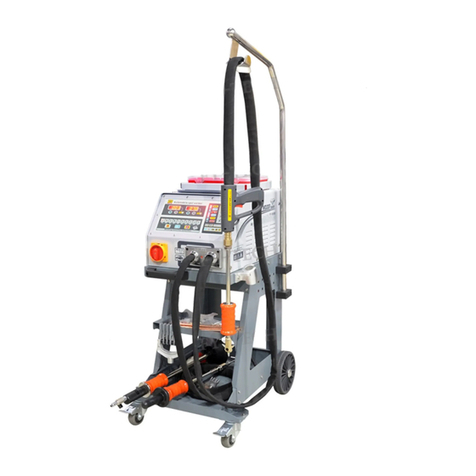
Fytech
Fytech FY-9000A User manual
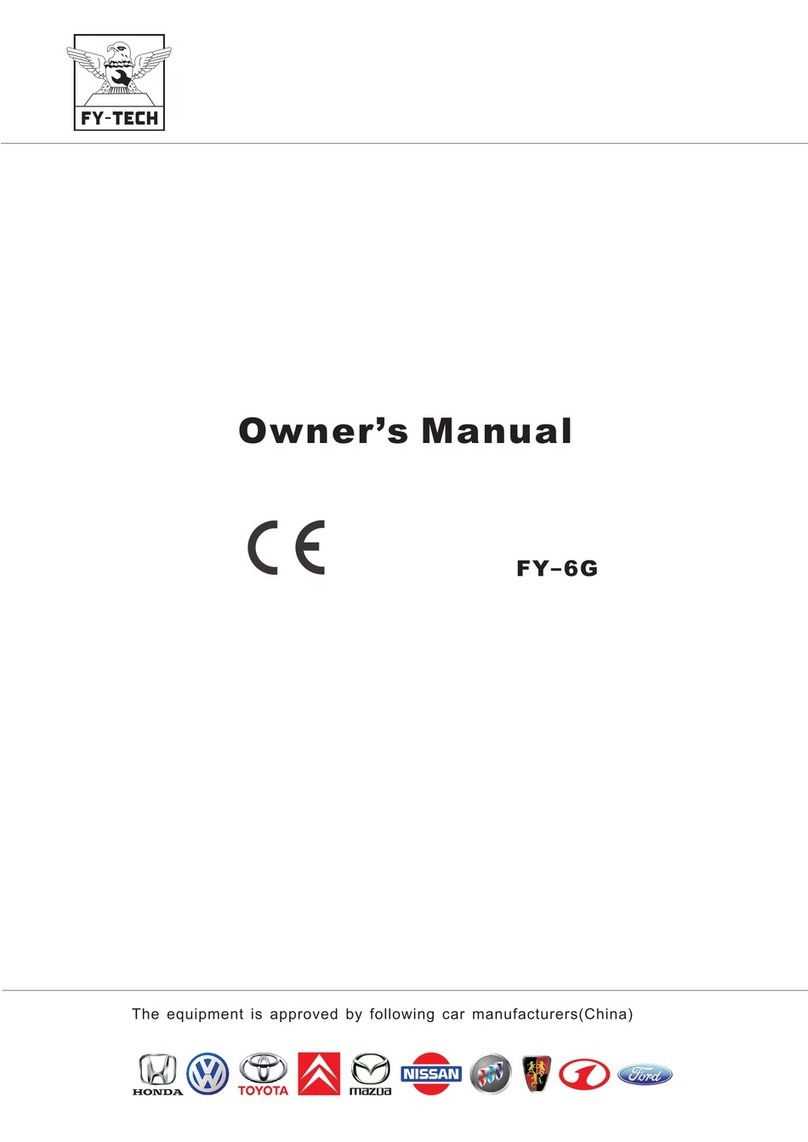
Fytech
Fytech FY-6G User manual
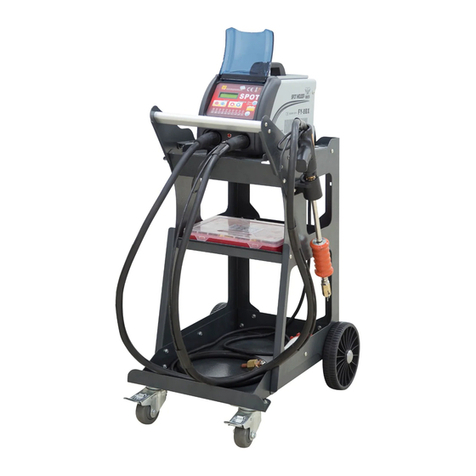
Fytech
Fytech FY-91G User manual
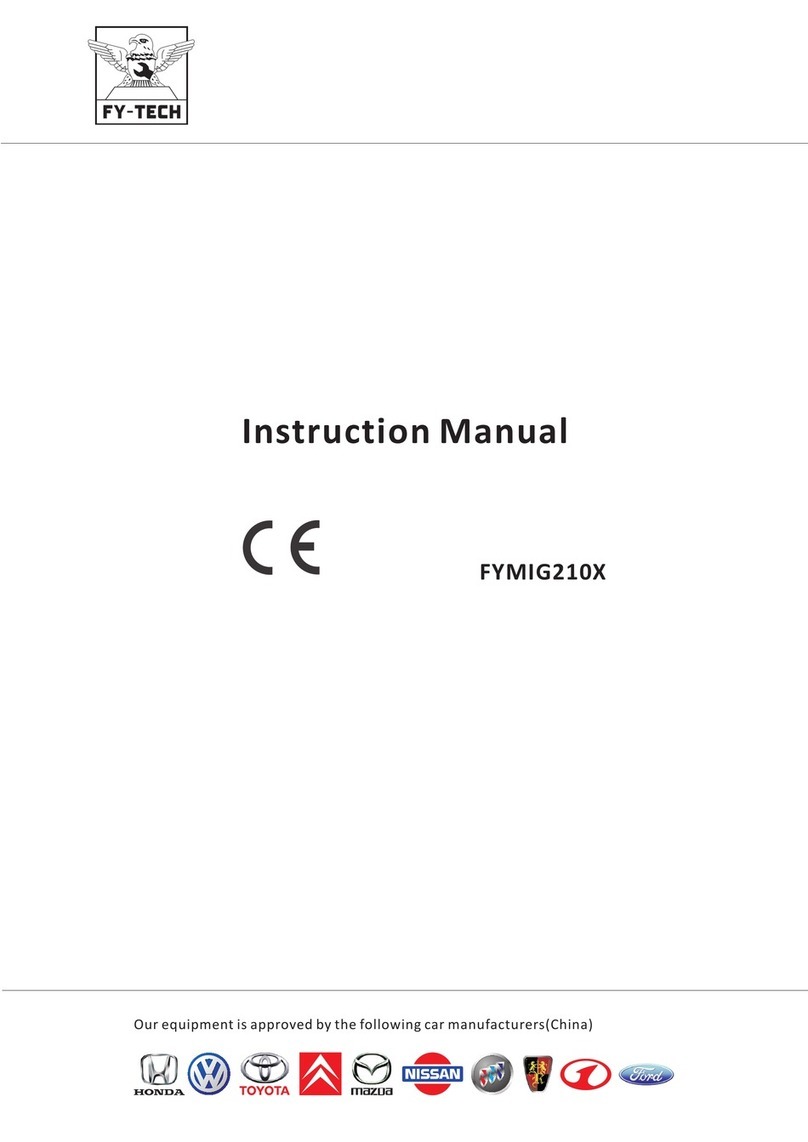
Fytech
Fytech FYMIG210X User manual
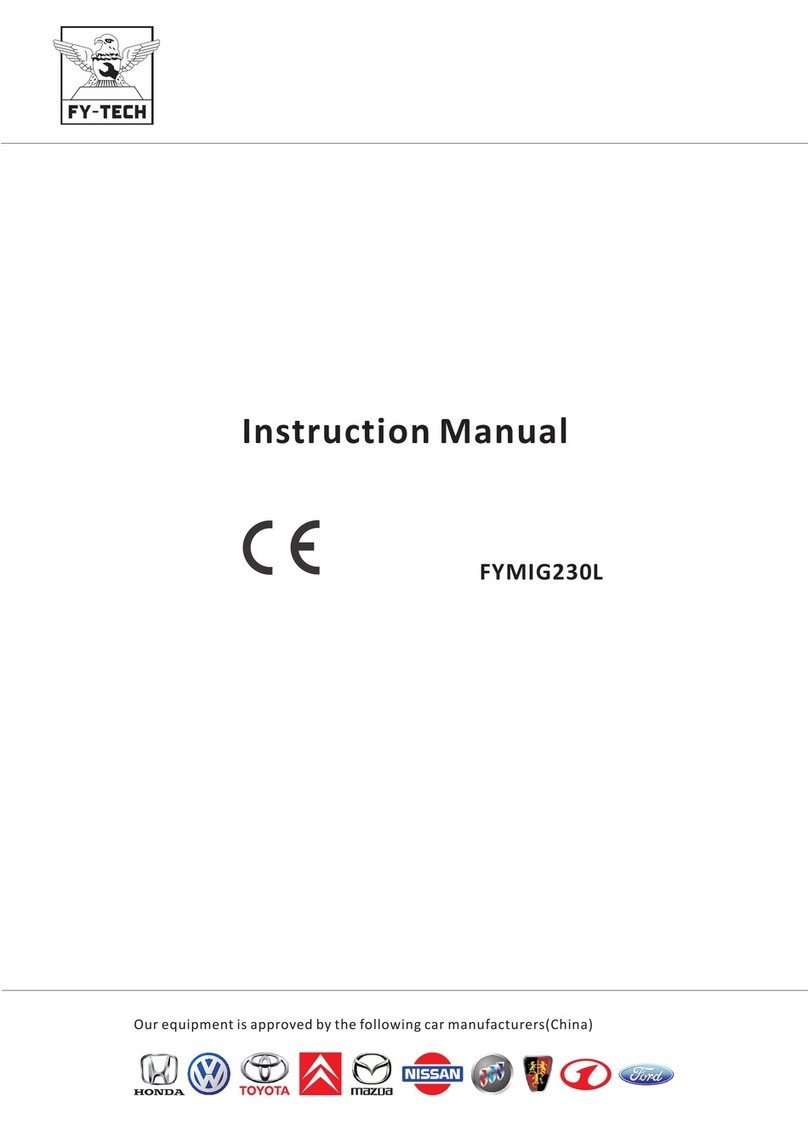
Fytech
Fytech FYMIG230L User manual
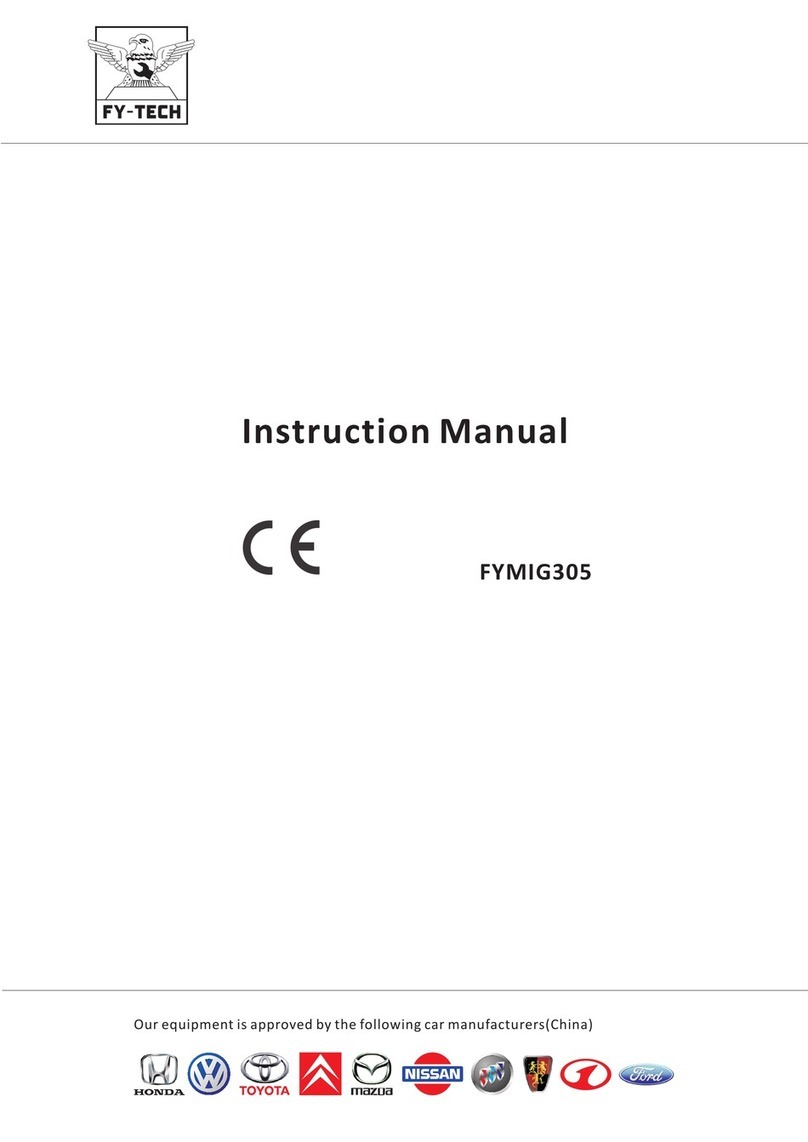
Fytech
Fytech FYMIG305 User manual
Popular Welding System manuals by other brands

Hobart Welding Products
Hobart Welding Products AirForce 375 owner's manual
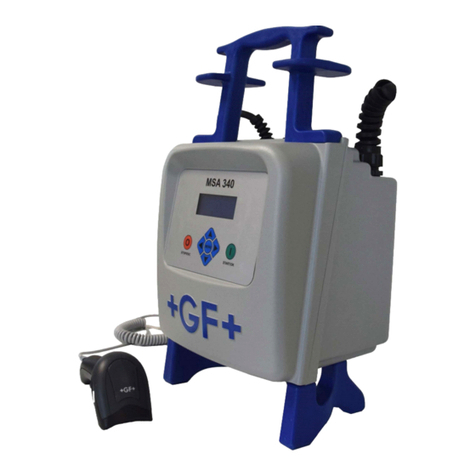
GF
GF MSA 330 instruction manual

Hakko Electronics
Hakko Electronics FX-888D instruction manual
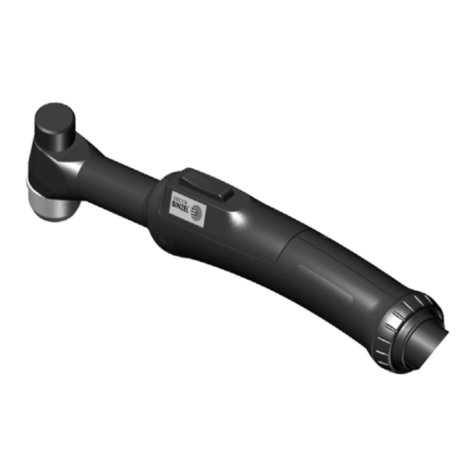
Abicor Binzel
Abicor Binzel ABIPLAS WELD 100 W operating instructions
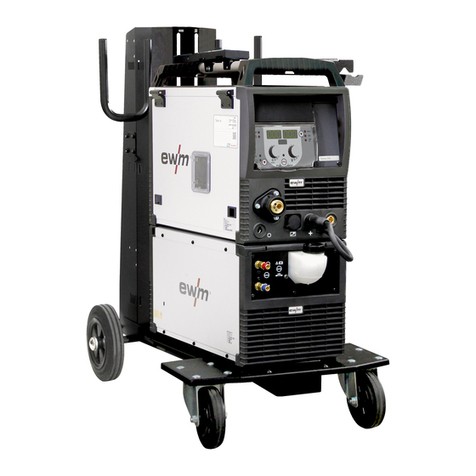
EWM
EWM Taurus 355 Basic TDM operating instructions
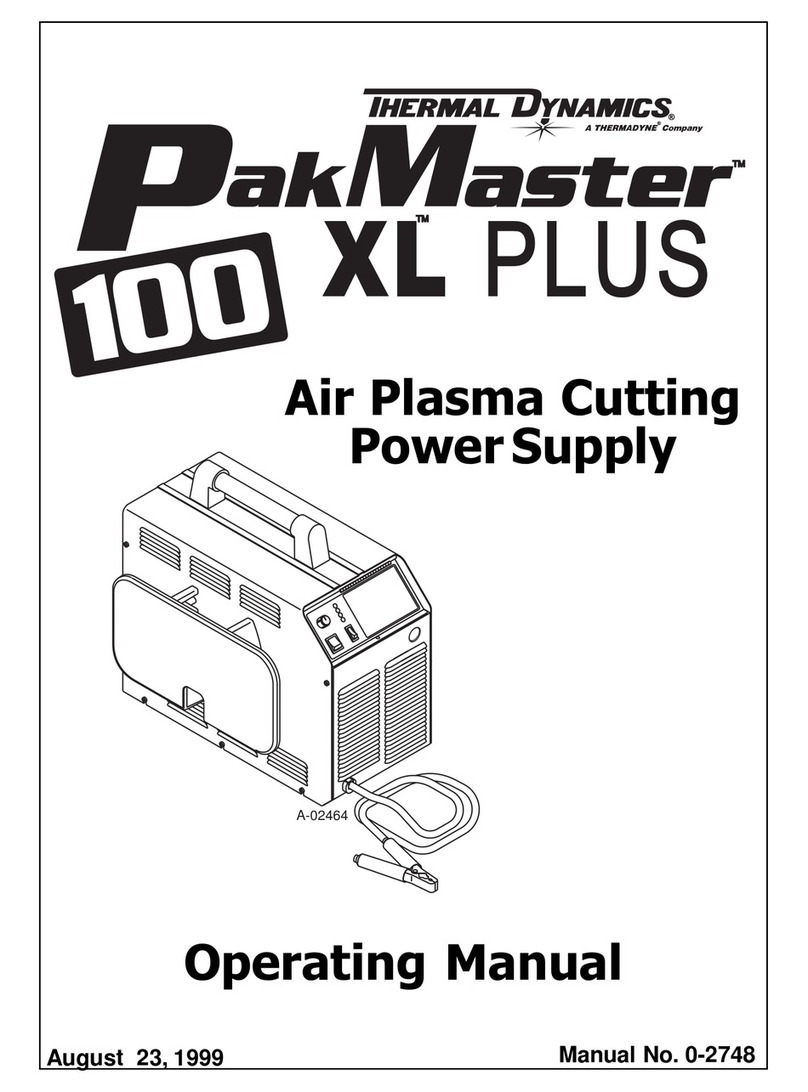
Thermal Dynamics
Thermal Dynamics PakMaster 100 XL plus operating manual
